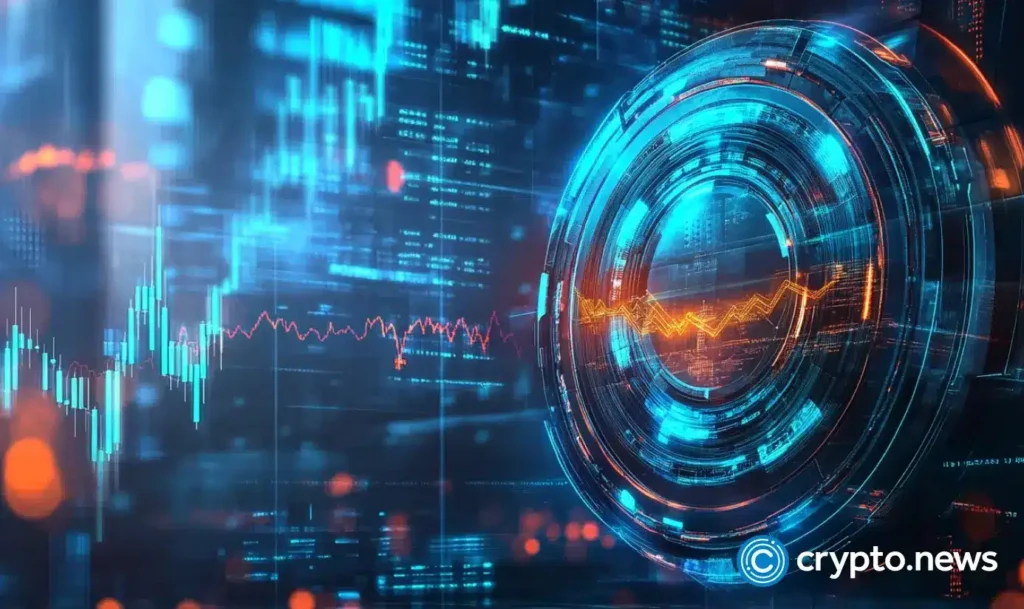Disclosure: The views and opinions expressed here belong solely to the author and do not represent the views and opinions of the crypto.news editorial team.
In 2011, a 9.1 magnitude earthquake struck the seabed of Japan, triggering a devastating tsunami. In the days that followed, Japan’s Nikkei stock market fell 6.2%, reflecting the market’s reaction to the unprecedented disaster.
Thirteen years later, cryptocurrencies, which have enjoyed a resurgence in popularity, are being criticized for their extreme short-term swings, often seen as even more volatile than traditional stocks. While this volatility may appeal to some risk-tolerant investors seeking high returns, it is a red flag for more cautious, loss-averse traders.
However, as noted above, the Nikkei situation highlights a shift in narrative. Growing economic uncertainties and market disruptions have led to increased price variability in stock markets, sometimes rivaling that of cryptocurrencies.
Since the beginning of August, the Japanese stock market has experienced its biggest single-day decline since 1987, and the Dow Jones has also lost more than 1,000 points in the United States. These significant declines illustrate the growing unpredictability of traditional markets, reflecting economic uncertainties and market turbulence.
Now investors are asking the question: Are the volatility risks associated with DeFi really worse than those associated with traditional investing?
Historically, traditional investment options like buying real estate or stocks and bonds have been considered the cornerstone of a stable financial plan and are often considered less volatile than cryptocurrencies due to their backing of the tangible assets and profits of the companies they represent. However, recent trends in global markets suggest that this stability is being called into question.
The 2024 U.S. presidential election is expected to add an additional layer of uncertainty. Political events can have a significant impact on financial markets, influencing investor sentiment and contributing to market instability. Increasing stock market volatility is compounded by factors such as trade conflicts, interest rate changes, and inflation concerns that contribute to market turbulence, leading to rapid and often unexpected swings.
Given the growing uncertainty in traditional markets, some investors are wondering whether the risks associated with DeFi are worth taking. This is especially true as new developments in the sector gain traction.
Resttaking, for example, is a concept that improves capital efficiency by allowing assets like Ethereum (ETH) to be used more efficiently across different networks. Pioneered by EigenLayer, an Ethereum-based protocol, the concept involves allowing users to take staked ETH into Ethereum and then “restake” it beyond the main blockchain, unlocking additional utility and earning potential while preserving its security and value.
While some critics have expressed concerns about the financial stability and technical risks associated with resttaking, it is important to approach these advances with an open mind. Recently, Web3-focused venture capital firm DFG published a report highlighting the significant potential of resttaking and liquid resttaking, a branch of the industry that has grown exponentially alongside it. The report highlights that, despite criticism, innovations in the industry are reshaping financial models and providing new opportunities for staking to contribute meaningfully to the growing Defi space.
Embracing these advancements with a balanced perspective while keeping in mind the inherent risks could pave the way for investors seeking new opportunities in an evolving financial landscape. The developments emerging from the DeFi space have the potential to open new avenues and attract a new wave of investors eager to explore the benefits of a dynamic and adaptive investment environment.




